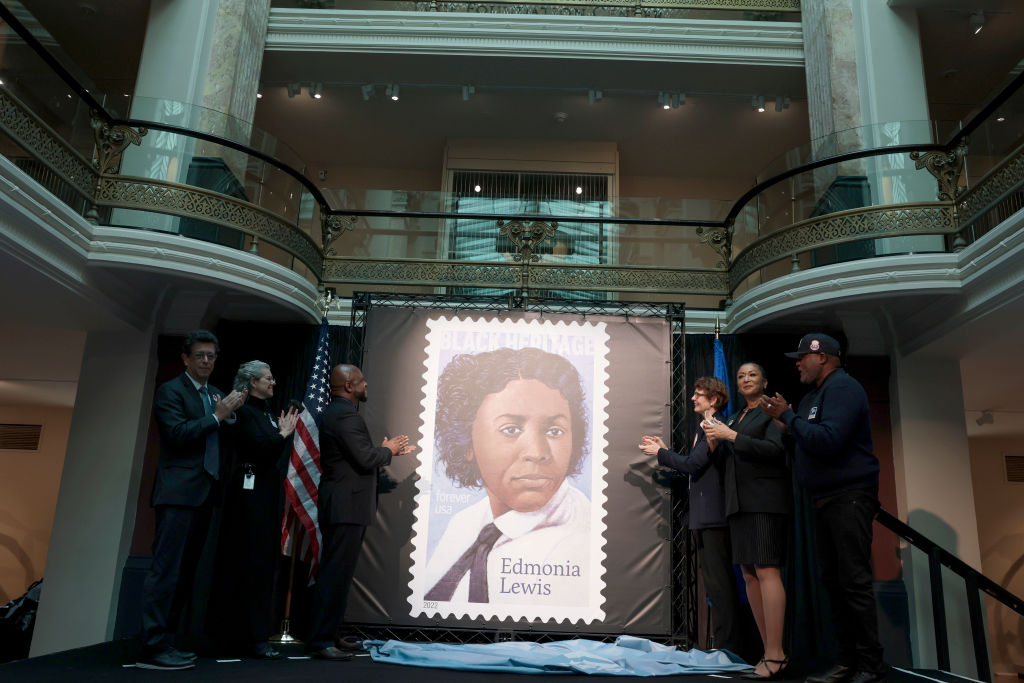Throughout history, Black female creatives have used art to express their ideas and feelings in a society that otherwise silenced them.

Source: Michael Kovac / Getty
Art can offer a way for those who feel voiceless to communicate. It can be a vehicle for expressing ideas that are too complicated for words, and feelings that are too deep for speech to do justice. Art also allows us to envision the world the way we wish it were. Perhaps no other group in history has needed these powers provided by art, more than Black women.
Still, the art world has been historically male and white-dominated. The Black Arts Movement – the visual arm of the Black Power Movement – was mostly run by men. Even female-led groups using art as a vehicle for feminism famously excluded Black women. Though entry into the art world seemed impossible for Black women in the 1800s and even parts of the 1900s, a handful of bold Black women broke through. They created careers in an industry that tried to deny them and changed the way we think with the ideas expressed in their creations. These are five of those women.
Edmonia Lewis
(1844 – 1907)

Source: Anna Moneymaker / Getty
Edmonia Lewis was of African American and Native-American descent and created artwork that honored both of her heritages. However, she was mostly known for sculpting historical figures and was the first professional BIPOC sculptor in the U.S.
Lewis sculpted important figures from the Civil War in her early years, and would eventually go on to sculpt portrait medallions of abolitionists. She even created pieces depicting Abraham Lincoln and Ulysses S. Grant, who allegedly sat for these sculptures.
Lewis was a rebel and did not shy away from creating what she wanted, which eventually included a topless sculpture of Cleopatra. This drew tremendous scrutiny from conservative white men at the time.
Lewis eventually moved to Rome, where she carried out the remainder of her sculpting career. She told The New York Times she was “practically driven” there because opportunities for Black women were too limited in the U.S.









